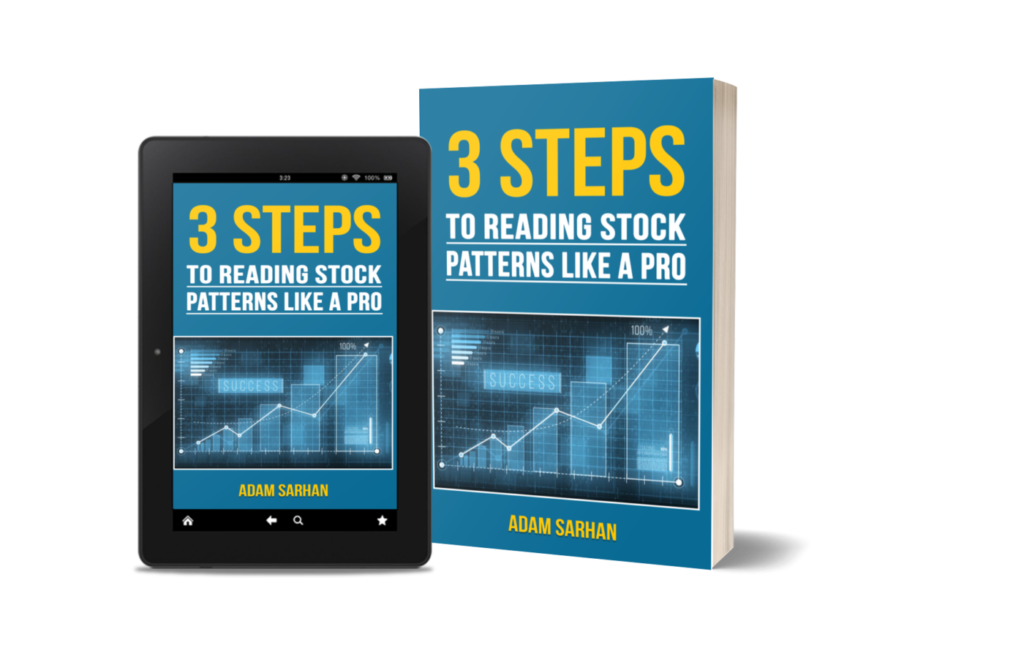As outlined in many of the books on the Suggested Reading List, one of the keys to becoming a great trader is by keeping a highly detailed robust trading journal to track and capture as much detail about your trading as possible. We are taught that the ultimate professor of the market is the market itself. If this is true, then the Trading-Journal-Spreadsheet is the ultimate textbook! Yes its highly important to read and study the great traders, have a sound system(s), and master position sizing and risk management. However, once you begin to put it all into practice, in order to know if what you’re doing is working, to not only know where you’re going right and where you’re going wrong but to be able to definitively discover why, you must have a robust trading journal!
This trading journal spreadsheet is hands down the best I’ve seen and is what I was ultimately striving to build and then some! I consider myself as being fairly proficient with Excel. If you’ve looked at my own trading journal template and risk/position sizing tool, and stock evaluation guide (all available free), you’ll likely agree. The Trading-Journal-Spreadsheet tool completely blows any Excel based tool I’ve created out of the water! Rather than spending several months trying to recreate a similar tool myself, I decided to bite the bullet and shell out the $140 at the time (I bought the stocks and options package) and save myself a ton of work. I am sure glad I did! Let’s talk features:
Key features (there are many more but these are the ones I use the most)
- Tracks equity curve
- Tracks R multiple scatter plot
- Tracks mistakes
- Tracks entries/exits (type, day of week, time, reason)
- Tracks efficiency
- Tracks SQN (system quality number)
- Expectancy Calculator
- Trading Plan w/ Samples
- + a LOT more!
Equity curve
Seeing your equity curve, not just the available trading capital in your account, rise and fall as you close out positions really gives you a strong sense of whether what you’re doing over time is working or not. If you see your equity curve flat or declining over 30+ trades (30 is a decent sample size) it’s a clue that something you’re doing needs adjusting. If your equity curve has boom/bust volatility, you may want to take action to help smooth it out. In any case, seeing your equity curve visually unlocks a ton of information that is very difficult to capture without it.
R multiple scatter plot
Fans of Van Tharp will love this feature. For those unfamiliar with it “R” is the initial risk you take on a trade and is calculated by subtracting your initial stop price from your initial entry price. This sum is then subtracted from your final closing price and is then represented on the R multiple scatter plot. Your “r multiple” for the trade is how many times over did you make your initial risk? For example, if you risk $10 and made $100, you would have a 10R multiple trade. Conversely, if you risk $10 but the stock gaps below your stop and you lose $20, you would have a -2R multiple trade.
This feature is useful for a few reasons.
- It gives you perspective. You immediately see where most of your trades fall in the R multiple spectrum. From a psychological standpoint, it’s very easy to get attached to an outlying winner or loser and assign too much weight to those small handful of trades.
- You know what the majority of your trades are producing. Knowing how many are winners and losers and by how much is a key piece of data. 70% of your trades may be losers but you may still have a very profitable system. Seeing the size of your R multiples in a single scatter plot helps visualize why your system is or isn’t working.
[su_horizontal_ads]
Track mistakes
The spreadsheet allows you to enter and track common mistakes and also allows you to add additional mistakes not listed. Did you stick to your plan, break rules, position size incorrectly, failed to manage risk, etc…? You can track all of it here for each trade. After the trade is closed, on a separate page you can see a list of the mistakes you’ve made, how many times you’ve made them, and what those mistakes have cost you. It’s one thing to write down your mistakes and review them on a semi-regular basis, it’s quite another to have your mistakes and the damage they do to your account staring you in the face. If you want to improve your performance, correct these mistakes!
Tracks entry/exit (type, day of week, time)
This allows you to see what strategies and tactics are working the best and which ones aren’t. The sheet helps you look at each individual piece of data separately and as a whole to figure out if you’re dealing with a larger problem containing multiple issues, or if you need just a few minor tweaks. You can visualize over what time frame you’ve taken a majority of types of trades and exits. As market conditions change, you may see more cups, or flat bases for example while at other times you may see a lot of flags or double bottoms. This spreadsheet will help you track which entries have the best winning % and which don’t. This will help develop confidence in what’s working and highlight areas for improvement.
Tracks efficiency/expectancy
After many trades (at least 30 to produce a somewhat reliable number but the more the better) this number tells you the profit you can reasonably expect from each trade within your system. Every system will produce a string of losers from time to time. However, over many trades, a good trading system will produce profits. This number will tell you what to expect in terms of “R.”
Tracks SQN
This number takes the standard deviation of your trades, factors in your expectancy, and lets you know how good of a system you have. If your system consistently produces big winners and small losers and does it often, congratulations, you have the holy grail of investing! Conversely, if you produce a lot of losers and your winners fail to outweigh them over many trades, you don’t have a tradable system and you need to reevaluate what you’re doing. This can be a very tough pill to swallow but is essential to prevent the risk of ruin.
There are plenty of other great features such as tracking your win/loss ratio (both overall and trade type) tracking multiple systems, multiple trading accounts, equity per account as well as total equity, and a long LONG list of other features which you can read about on their site Trading-Journal-Spreadsheet.com or by clicking either the banner at the top or bottom of this post. I obviously can’t say enough good things about this tool. Feel free to post questions or comments below or email me directly using the Contact section of ChartYourTrade.


